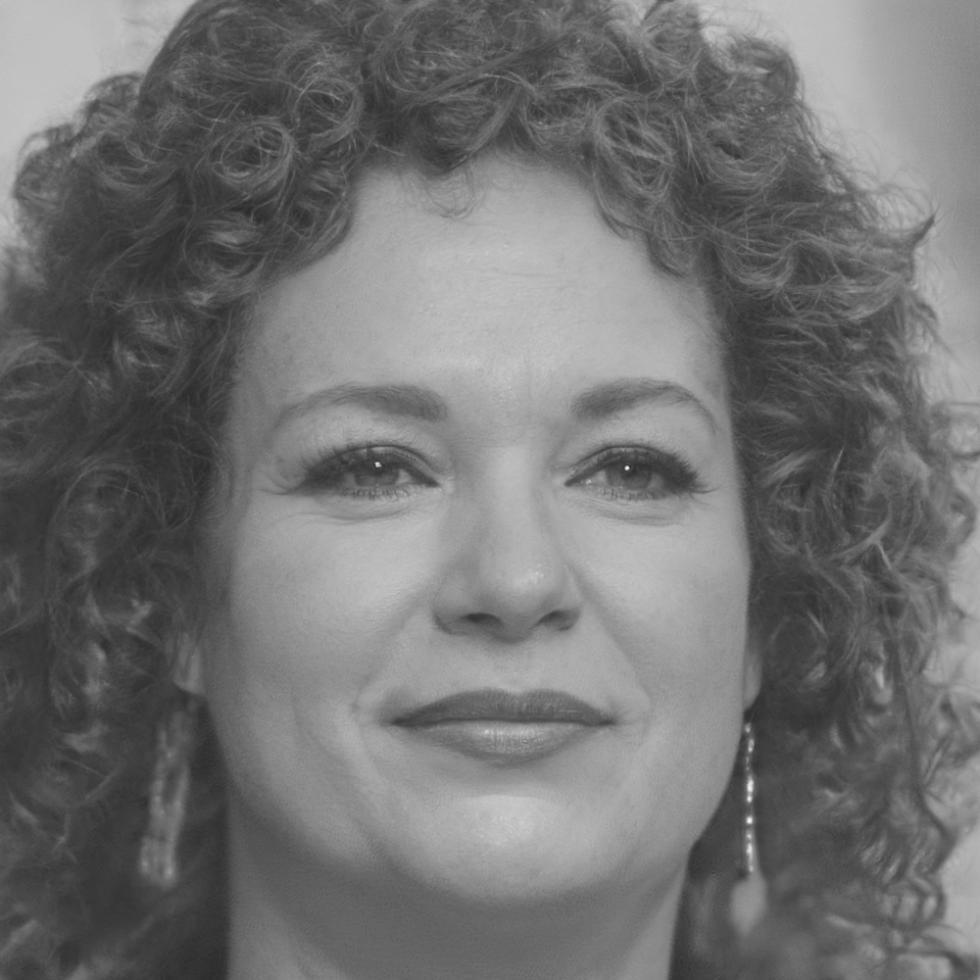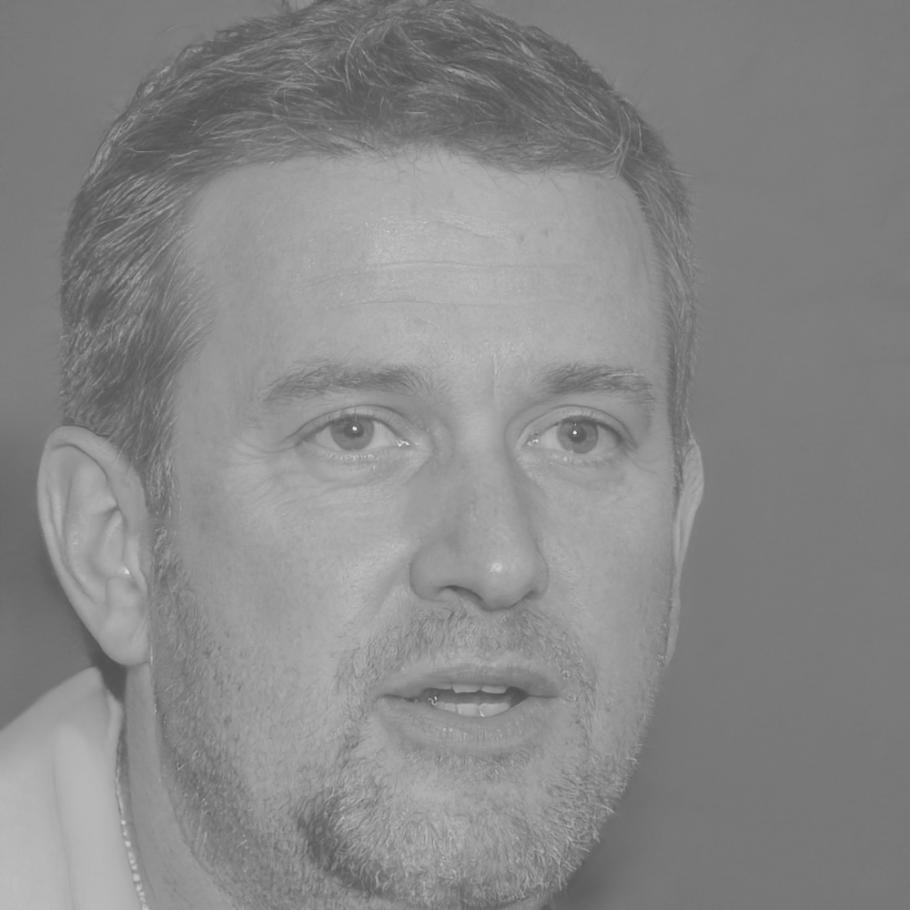Our Proven Methodology
After working with over 200 businesses, we've refined our approach. It's not about quick fixes or surface-level changes. We dig deep into user behavior, analyze real interaction patterns, and build solutions that actually work.
Each project starts with understanding your specific users. A banking website serves different needs than an e-commerce platform. We don't apply cookie-cutter solutions.
- Comprehensive user journey mapping with assistive technology testing
- Stakeholder interviews to understand business constraints and goals
- Iterative design testing with actual users who rely on accessibility features
- Implementation support that doesn't disrupt existing workflows
What sets us apart? We measure success by real usage metrics, not just compliance checkmarks. When screen reader users spend more time on your site, we know we've succeeded.

Discovery Phase
We analyze your current setup, interview key stakeholders, and identify the biggest barriers your users face. This takes 2-3 weeks typically.
Strategic Planning
Based on findings, we create a roadmap that balances quick wins with long-term improvements. Priority goes to changes with highest user impact.
Implementation
We work alongside your development team, providing code reviews, testing support, and ongoing guidance throughout the build process.

Finding Your Path Forward
Every organization faces different accessibility challenges. Some struggle with legacy systems, others need help with new product launches. We've learned that one-size-fits-all advice rarely works.
That's why we developed this decision framework. It helps teams identify their specific situation and understand what steps make sense for their context.
Start Here: What's Your Primary Challenge?
Most teams fall into one of three categories based on their current accessibility maturity and immediate business needs.
Compliance Focused
Need to meet legal requirements quicklyUser Experience Driven
Want to improve usability for all customersNext: Consider Your Technical Context
Your current technology stack and development resources significantly impact which solutions will work best in your environment.
Legacy System
Older codebase with limited flexibilityModern Platform
Recent technology with active developmentBased on these factors, we recommend different starting points and timelines. Some organizations benefit from quick audits, others need comprehensive redesigns. The key is matching the approach to your actual situation rather than following generic best practices.
What Our Partners Say
These conversations happened during project reviews in 2024 and early 2025. Real feedback from real projects.

Anders Björkholm
"The difference was immediate. Our customer service team stopped getting complaints about unusable forms. More importantly, we saw a 40% increase in application completions from users with assistive technology."

Petra Vančíková
"What impressed me most was how they explained technical concepts to our stakeholders. Everyone understood why these changes mattered, which made getting budget approval much easier next quarter."

Dimitri Kostas
"They worked with our existing development workflow instead of trying to change everything. The code reviews were detailed but practical. Our team actually learned a lot during the process."